The Process
by Jess Erdman, Content Marketing LeadJune 2023

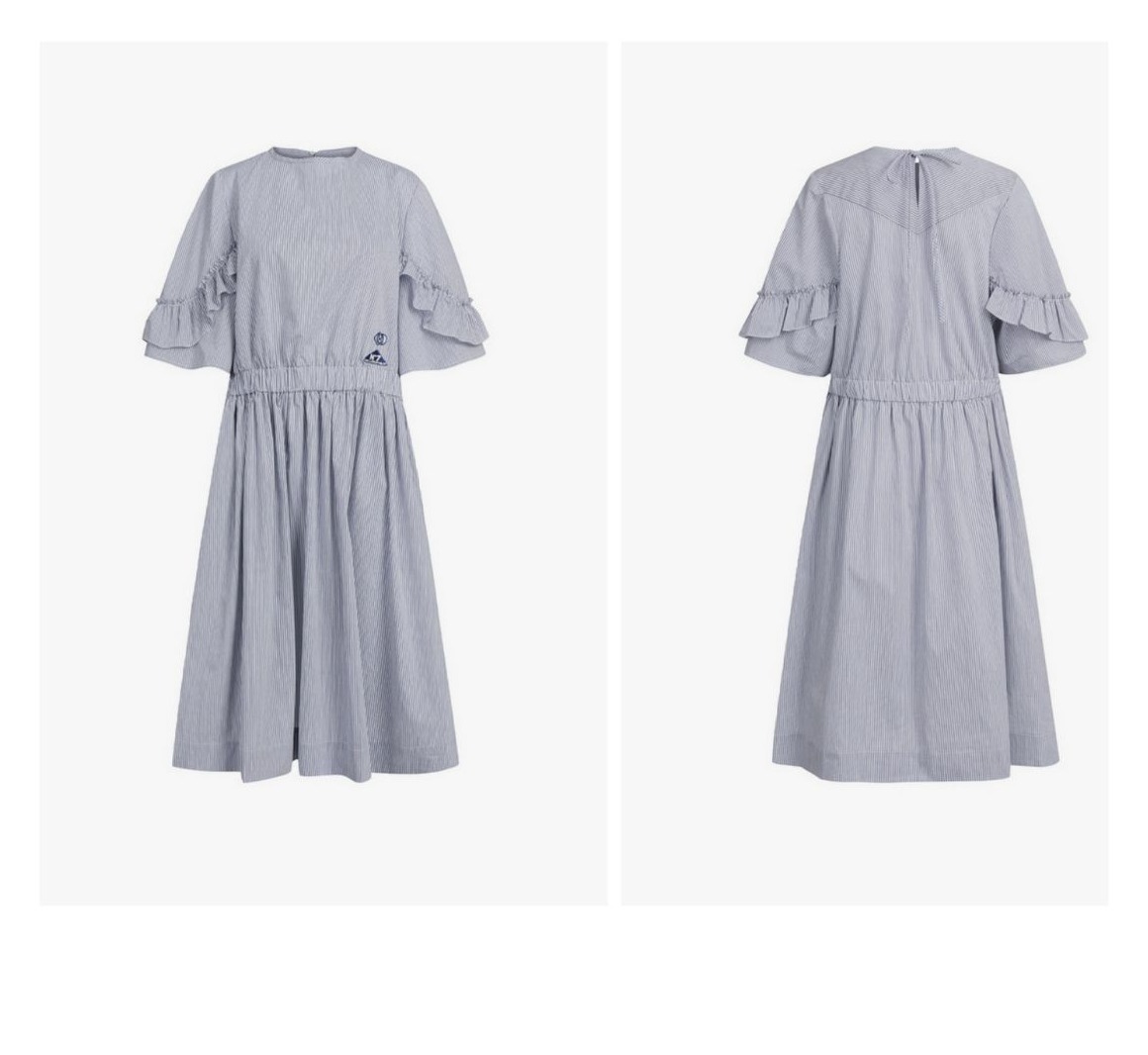
How would you define this product? Is it a “romantic” or a “casual” dress?
Depending on your own unique experience and knowledge of fashion, your definition would vary. The language of fashion is different for every shopper depending on regionalisms, fashion knowledge, and personal knowledge.
When it comes to vibe, the difference between “romantic” and “casual” is subjective, depending on each person’s opinion.
But, shoppers want to filter by vibe.
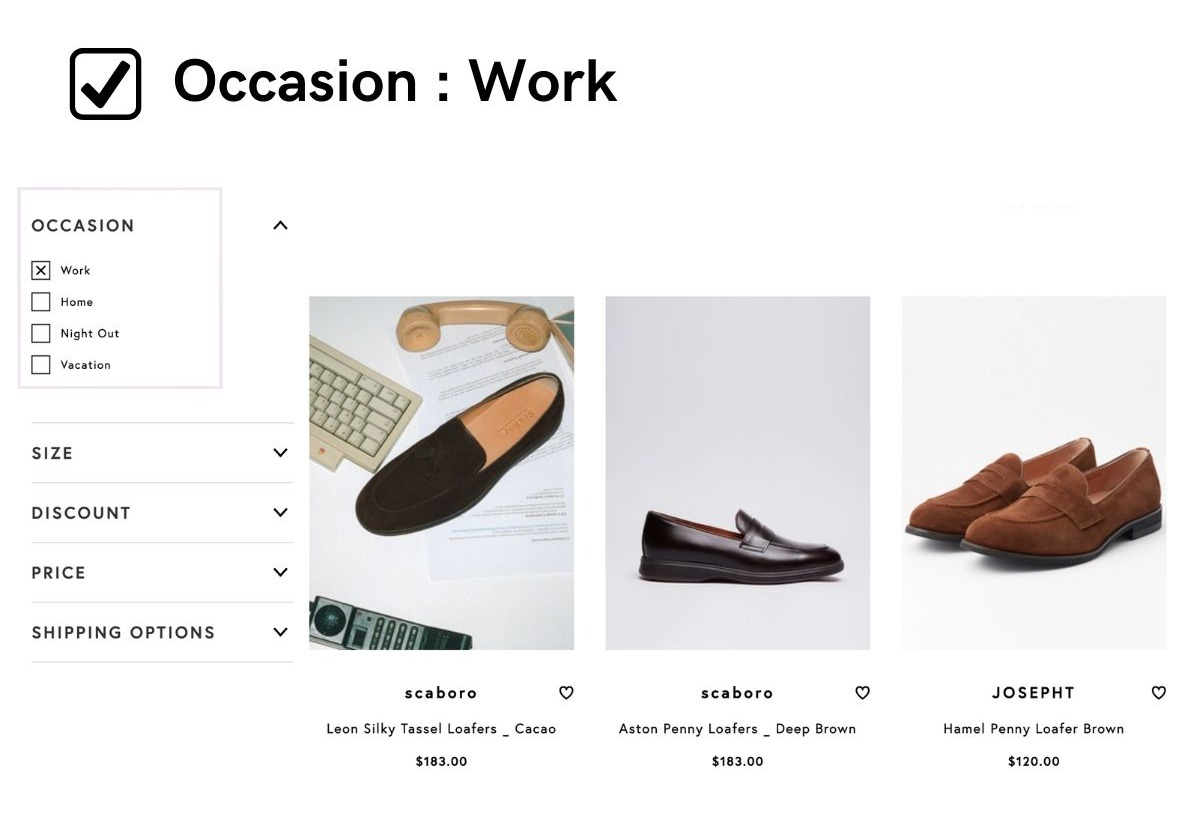
In fact, our research shows that shoppers approach search with a general mindset like “looking for a boho-style dress for graduation”, and then filter down based on their preferred product attributes like silhouette and color.
Tagging for vibe is difficult when done manually for the same reasons we mentioned above: the language of vibe is subjective and varies based on each shopper.
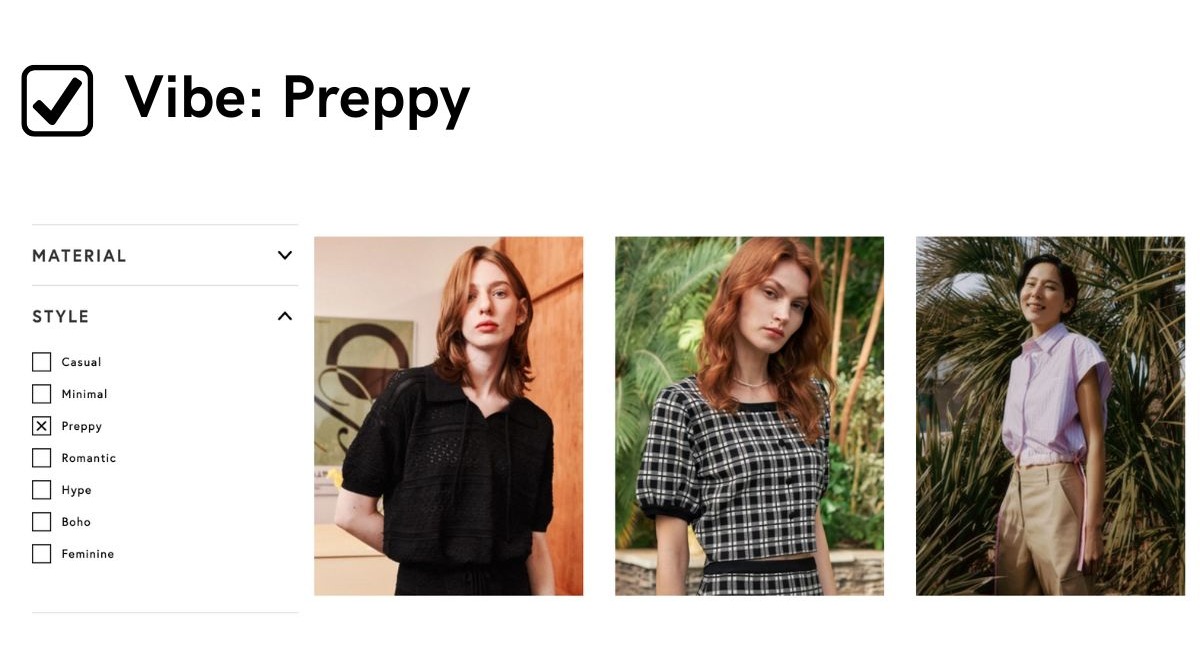
But, how can we train fashion AI to understand complex concepts like occasion?
We approached the problem with creativity and found an innovative way to train fashion machine learning for vibe.
We kicked off the process by interviewing users, asking “What comes to mind when you see ‘glam style’?” or “What comes to mind when you see ‘boho style’?” This helped us to define each vibe on a granular level.
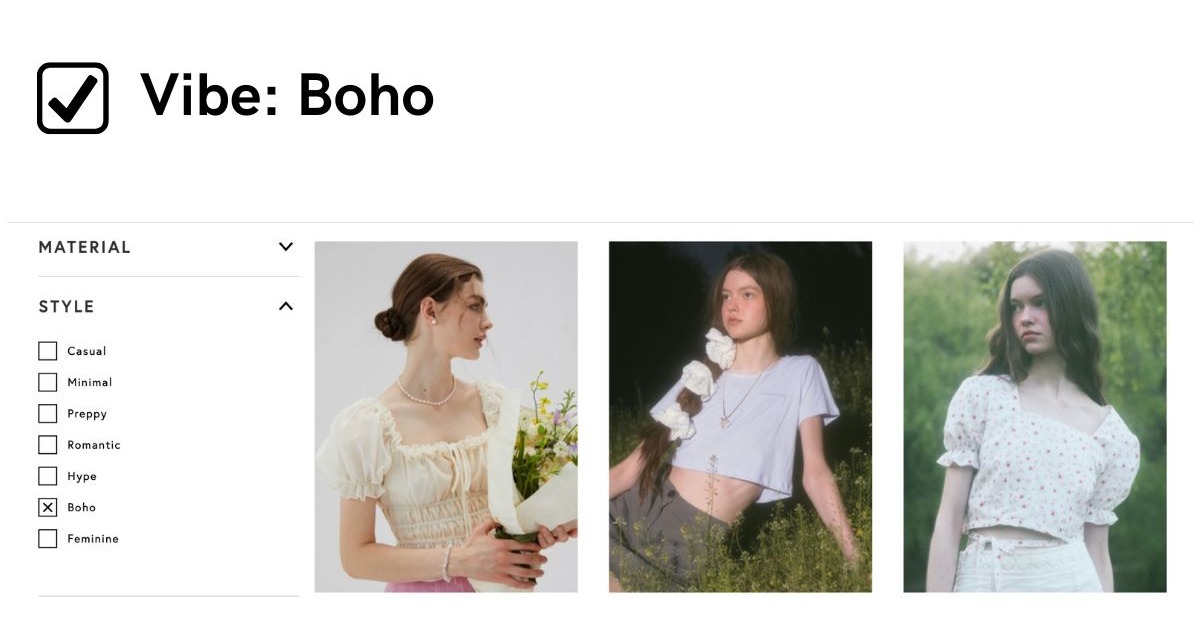
Then, we took notes to synthesize and define the common patterns among shoppers.
For example, we learned that romantic means flowy silhouette, pastel colors, floral print, puffy sleeves, and lace.
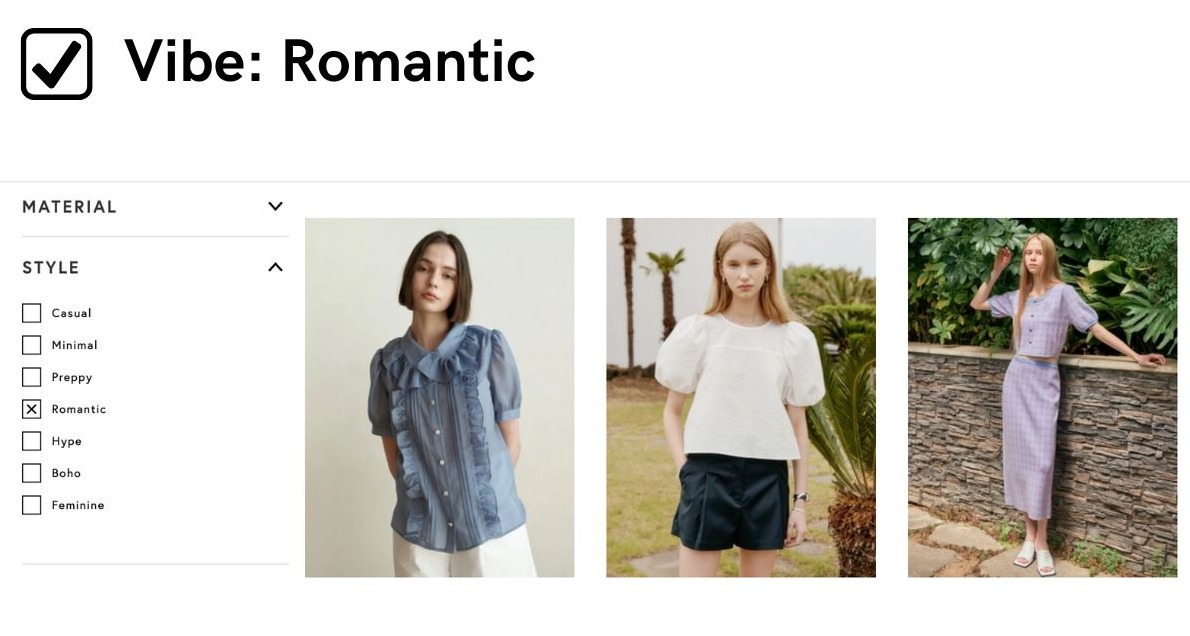
Then using their definitions, we trained our fashion machine learning to understand that specific combined product attributes constitute certain vibes.
There were still certain products that were difficult to define. We harnessed the power of community and asked The Handsome’s shoppers for their definitions.
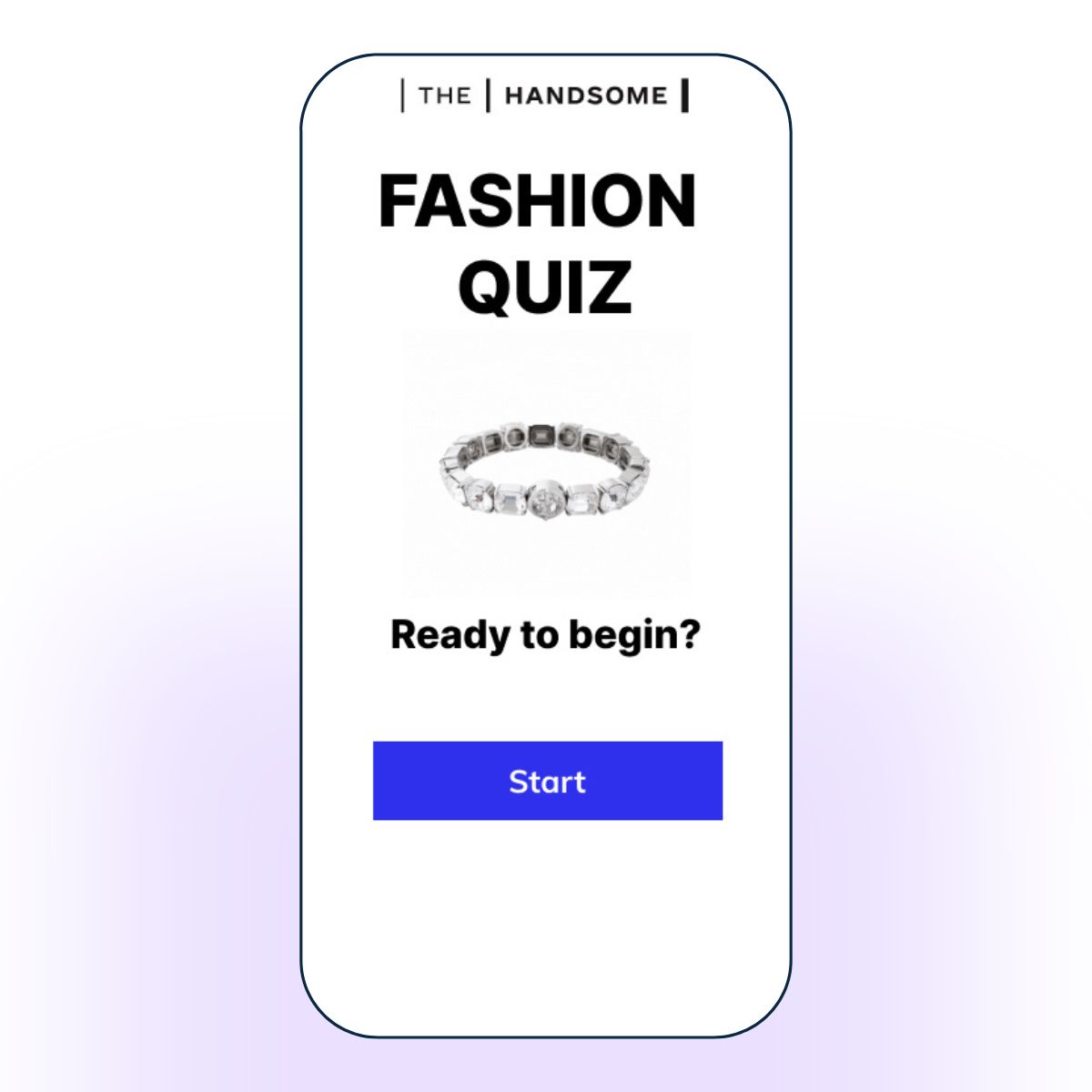
In The Handsome’s newsletter, we asked how shoppers defined “modern” versus “chic,” two similarly-sounding, but different vibes.
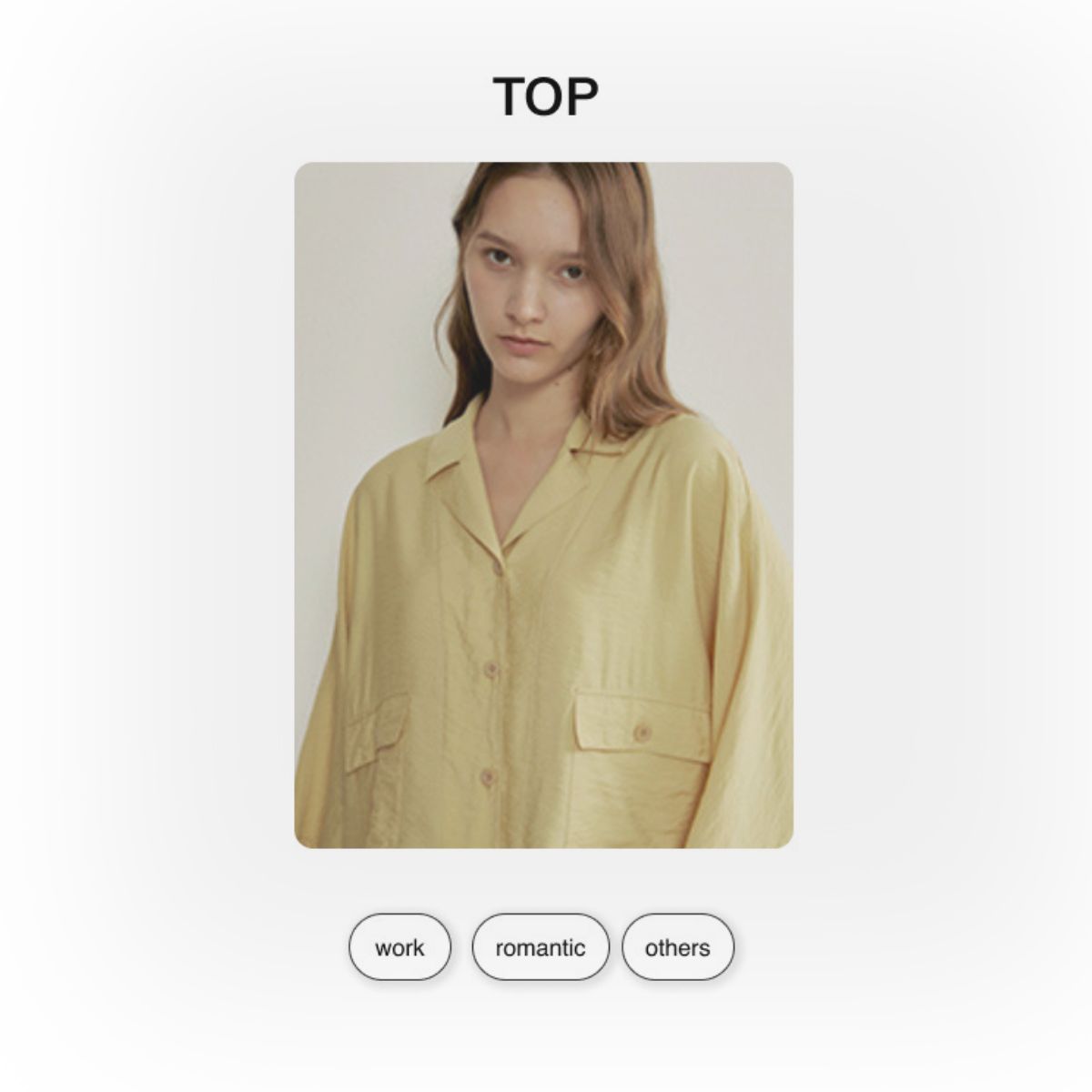
Then, we evaluated our AI’s score against the human score. When the AI didn’t score well, we retrained.
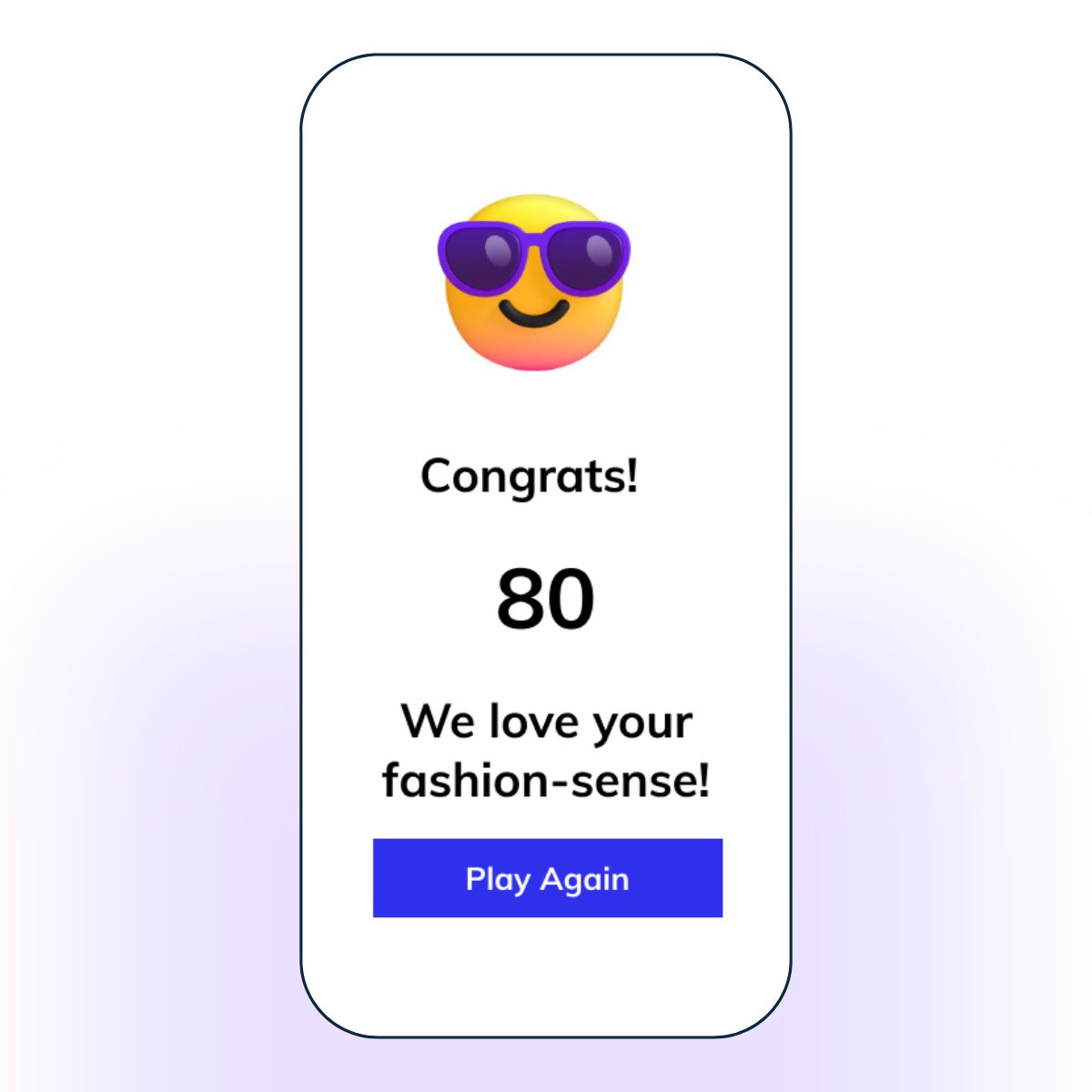
We gamified the process by creating a Tinder-style fashion quiz (“discovery of taste”) where everyone wins: shoppers find out their favorite styles, and we get valuable data to train our fashion machine learning.
Social media, especially for fashion, is a critical tool for us, to keep our finger on the pulse of what’s popular. It also lets us understand how vibes might be evolving based on the latest trends.
We browsed the latest trends from fashion influencers on social media to get a better understanding of the latest popular vibes.
Then, we put together all of the steps and used it to train our fashion machine learning.
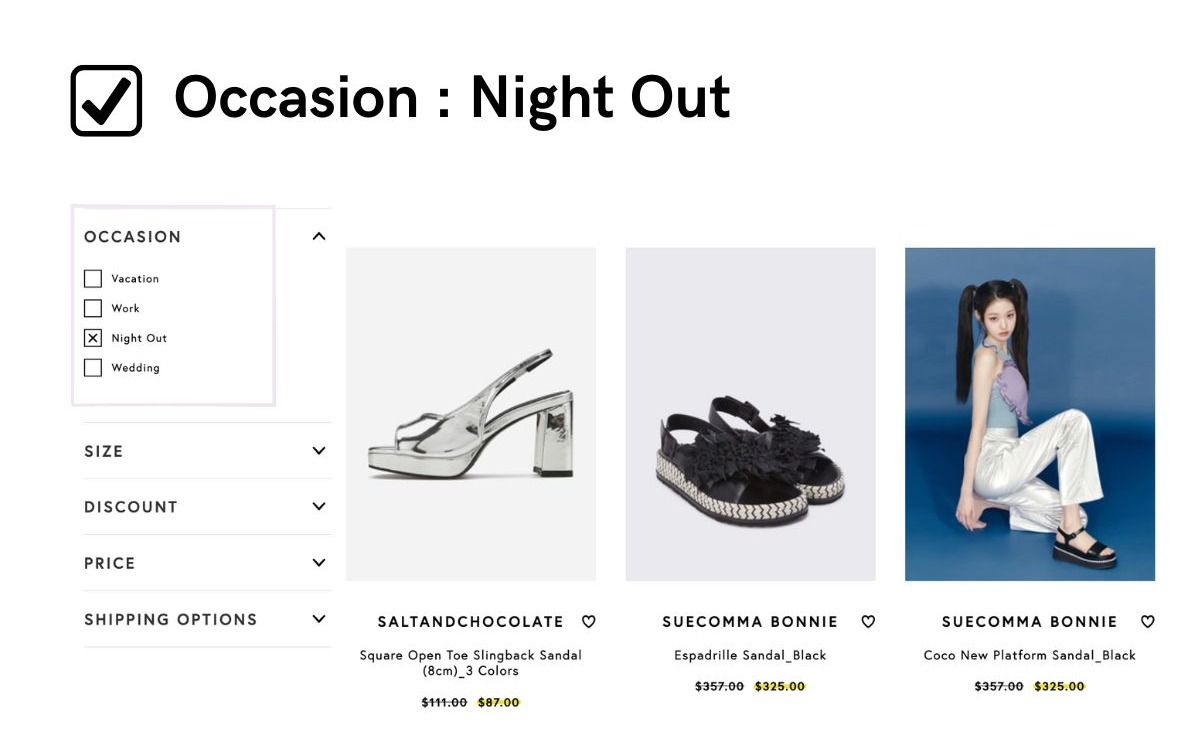
Defining vibes for fashion products can be challenging and subjective.
But, when approached with an innovative mindset, training fashion machine learning to understand vibe results in better filters and search for shoppers, and better product tagging for retailers.
How can YesPlz fashion machine learning help your eCommerce business?
We can create a strategy for you on a free, 20-minute demo call.
Written by Jess Erdman
Content Marketing Lead
I'm passionate about creating cool content. The best part? I get to learn new things about fashion tech and ecommerce everyday. Have an idea or opinion about this article? Reach out at jess@yesplz.ai
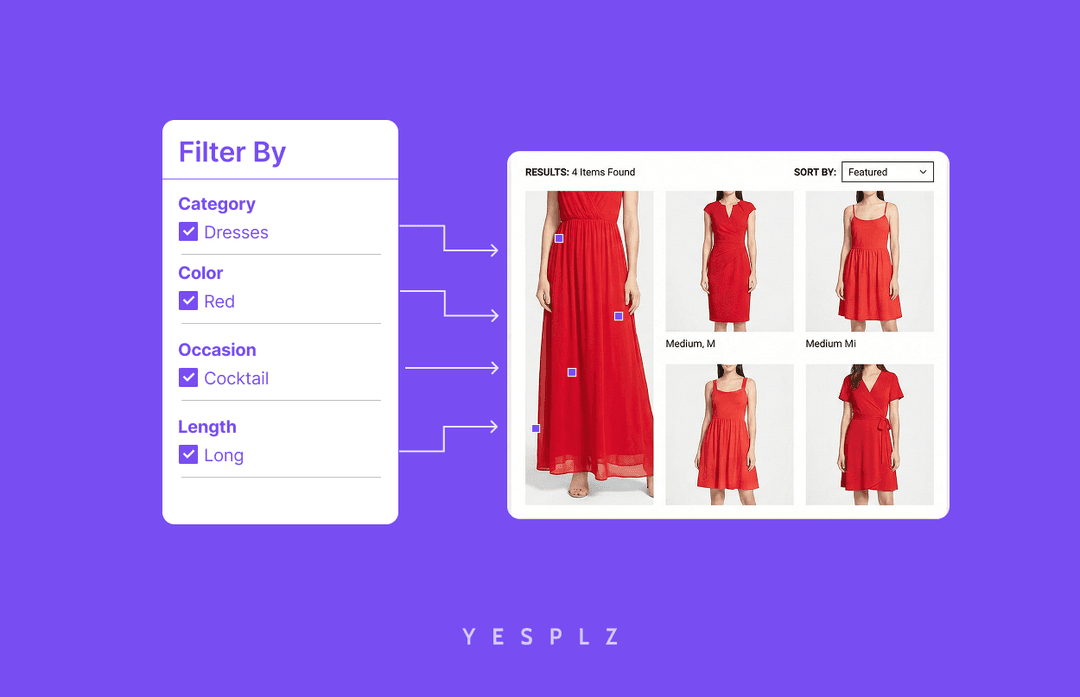
Stop losing sales to poor product filtering. Discover how AI simplifies creating Shopify filters, saving you 25-50 hours per 100 products.
by YesPlz.AI
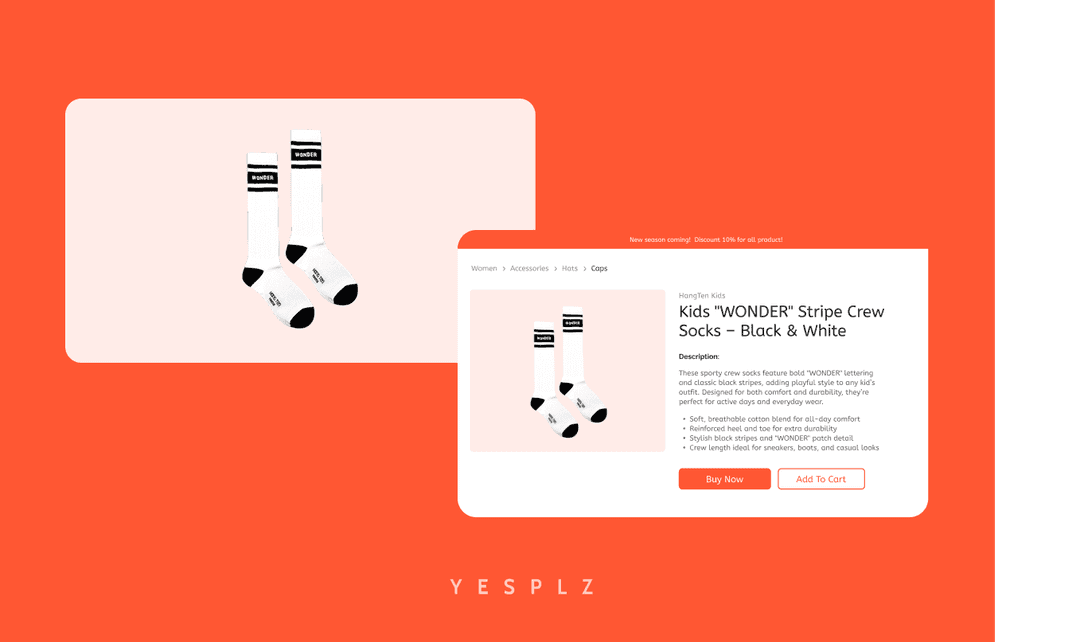
Automate Shopify product pages and cut 50–100 hours of manual work. AI generates product titles, descriptions, and metadata instantly from product images.
by YesPlz.AI